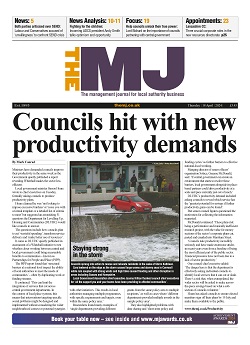The UK’s core cities have been the regeneration success story of the past two decades. In the last month Liverpool and Birmingham had ample opportunity as hosts of party conferences to impress Labour and Conservative delegates with the ambitious scale of their urban vision and in the latter’s case, the huge new central station which opened in December 2015. Last week delegates at the SOLACE conference were feted at Gateshead and Newcastle with study tours of new regeneration. Next month social services directors along with the education and health secretaries will be in Manchester.
No major political events go to Blackpool, Scarborough, Torquay, or Margate anymore. The decline of our seaside resorts, along with many of Britain’s smaller towns and cities, has become the focal point of the Prime Minister’s drive to make the economy, in her words, ‘work for everyone’. This may be a soundbite but even the most cynical can hardly disagree, though sceptics will say, rightly, that new governments always set out with fine intentions and then move on to more immediate problems.
Want full article access?
Receive The MJ magazine each week and gain access to all the content on this website with a subscription.
Full website content includes additional, exclusive commentary and analysis on the issues affecting local government.
Already a subscriber? Login




